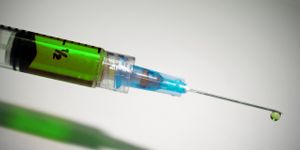Understanding Brain Aneurysms
A brain aneurysm is a medical emergency, but many patients don’t understand much about them. First, it’s not the same a clot. An aneurysm is when the wall of a blood vessel in the brain becomes weak. Instead of being firm and carrying blood around, weakened vessels will bulge out on the side. These bulges are like small sacs, but as blood flows through and fills it, the vessel gets thinner and can rupture. The outgrowth of the vessel can occlude blood flow in nearby veins, so once you know you have one, treatment options should be explored. If a blood vessel bursts at the sight of an aneurysm, because the wall of the vessel is stretched to the maximum amount, the resulting bleed is a hemorrhagic stroke, which can be deadly.
When an aneurysm bursts, 50% of patients will die from that. Of those who survive, 2/3 will have a significant disability. Bleeding starves the brain of oxygen and depending on how fast treatment is rendered, of those that become disabled from a ruptured brain vein, 2/3 of those patients will never recover anything near their pre-aneurysm abilities. Most aneurysms come about by surprise because patients don’t often know they have one. The goal of the Brain Aneurysm Foundation is to fund research on how to tell if an aneurysm is present either by scans or biomarkers. “Time is Brain” after a burst aneurysm, so if there is any way to more accurately predict risk that would go a long way in improving outcomes.








